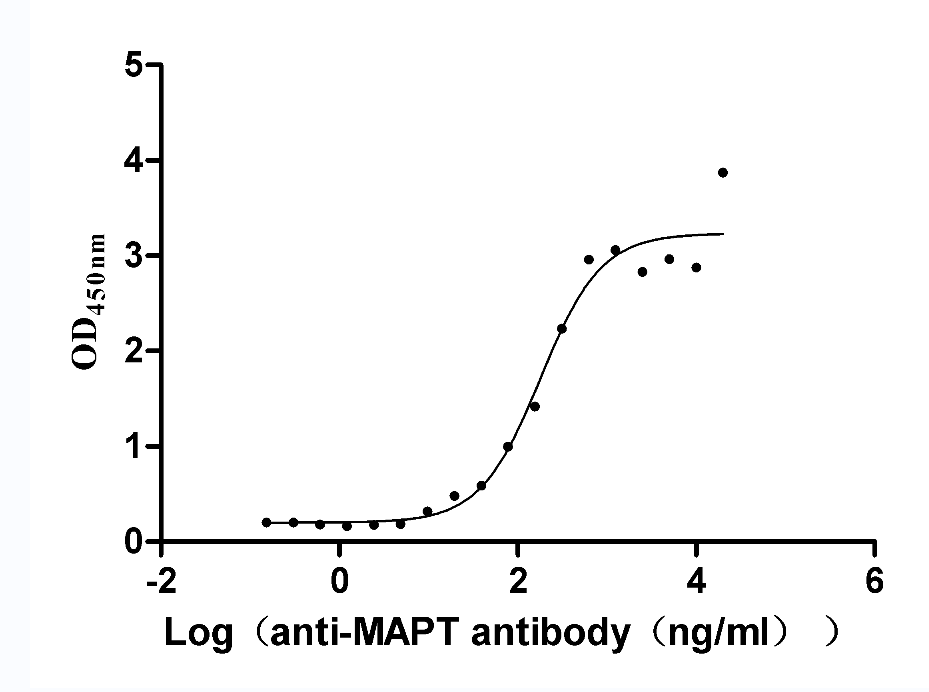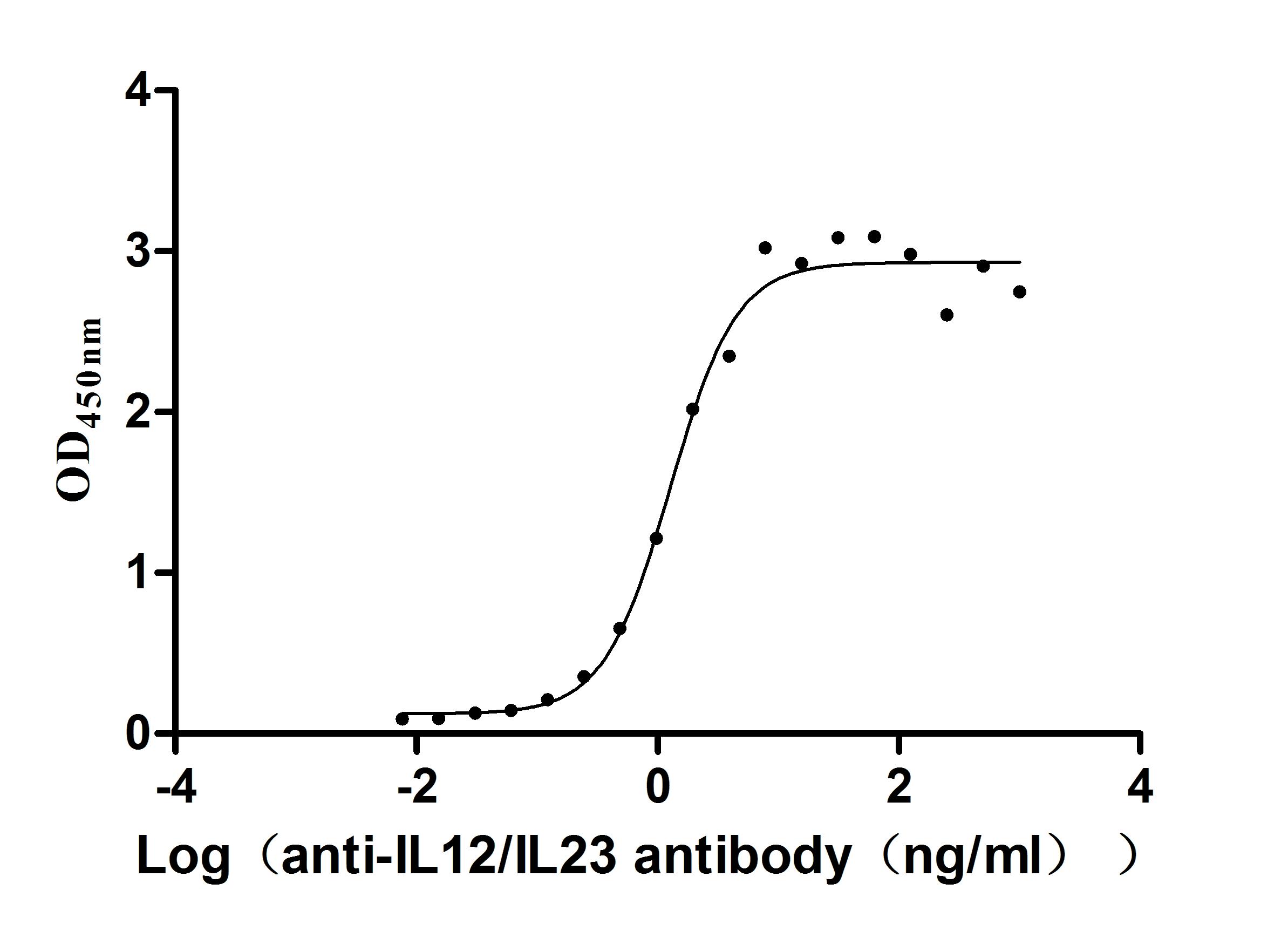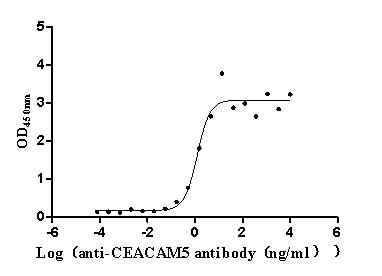Recombinant Mouse Psychosine receptor (Gpr65), partial
-
中文名稱:小鼠Gpr65重組蛋白
-
貨號(hào):CSB-YP736801MO1
-
規(guī)格:
-
來源:Yeast
-
其他:
-
中文名稱:小鼠Gpr65重組蛋白
-
貨號(hào):CSB-EP736801MO1
-
規(guī)格:
-
來源:E.coli
-
其他:
-
中文名稱:小鼠Gpr65重組蛋白
-
貨號(hào):CSB-EP736801MO1-B
-
規(guī)格:
-
來源:E.coli
-
共軛:Avi-tag Biotinylated
E. coli biotin ligase (BirA) is highly specific in covalently attaching biotin to the 15 amino acid AviTag peptide. This recombinant protein was biotinylated in vivo by AviTag-BirA technology, which method is BriA catalyzes amide linkage between the biotin and the specific lysine of the AviTag.
-
其他:
-
中文名稱:小鼠Gpr65重組蛋白
-
貨號(hào):CSB-BP736801MO1
-
規(guī)格:
-
來源:Baculovirus
-
其他:
-
中文名稱:小鼠Gpr65重組蛋白
-
貨號(hào):CSB-MP736801MO1
-
規(guī)格:
-
來源:Mammalian cell
-
其他:
產(chǎn)品詳情
-
純度:>85% (SDS-PAGE)
-
基因名:
-
Uniprot No.:
-
別名:Gpr65; Gpcr25; Tdag8; Psychosine receptor; G-protein coupled receptor 65; T-cell death-associated gene 8 protein
-
種屬:Mus musculus (Mouse)
-
蛋白長度:Partial
-
蛋白標(biāo)簽:Tag?type?will?be?determined?during?the?manufacturing?process.
The tag type will be determined during production process. If you have specified tag type, please tell us and we will develop the specified tag preferentially. -
產(chǎn)品提供形式:Lyophilized powder
Note: We will preferentially ship the format that we have in stock, however, if you have any special requirement for the format, please remark your requirement when placing the order, we will prepare according to your demand. -
復(fù)溶:We recommend that this vial be briefly centrifuged prior to opening to bring the contents to the bottom. Please reconstitute protein in deionized sterile water to a concentration of 0.1-1.0 mg/mL.We recommend to add 5-50% of glycerol (final concentration) and aliquot for long-term storage at -20℃/-80℃. Our default final concentration of glycerol is 50%. Customers could use it as reference.
-
儲(chǔ)存條件:Store at -20°C/-80°C upon receipt, aliquoting is necessary for mutiple use. Avoid repeated freeze-thaw cycles.
-
保質(zhì)期:The shelf life is related to many factors, storage state, buffer ingredients, storage temperature and the stability of the protein itself.
Generally, the shelf life of liquid form is 6 months at -20°C/-80°C. The shelf life of lyophilized form is 12 months at -20°C/-80°C. -
貨期:Delivery time may differ from different purchasing way or location, please kindly consult your local distributors for specific delivery time.Note: All of our proteins are default shipped with normal blue ice packs, if you request to ship with dry ice, please communicate with us in advance and extra fees will be charged.
-
注意事項(xiàng):Repeated freezing and thawing is not recommended. Store working aliquots at 4°C for up to one week.
-
Datasheet :Please contact us to get it.
相關(guān)產(chǎn)品
靶點(diǎn)詳情
-
功能:Receptor for the glycosphingolipid psychosine (PSY) and several related glycosphingolipids. Plays a role in immune response by maintaining lysosome function and supporting phagocytosis-mediated intracellular bacteria clearance. May have a role in activation-induced cell death or differentiation of T-cells.
-
基因功能參考文獻(xiàn):
- TDAG8 may mediate acidosis signals to initiate inflammatory hyperalgesia and establish hyperalgesic priming. PMID: 28145512
- data identify TDAG8-dependent microglial acid sensing as a unique chemosensor for detecting and translating hypercapnia to fear-associated behavioral and physiological responses. PMID: 27422366
- TDAG8 is a negative regulator for lung neutrophilic inflammation and injury, in part, through the inhibition of chemokine production. PMID: 26690120
- TDAG8(-/-) mice showed significantly higher consumption of sucrose compared to wild type mice although sucrose preference was not significantly different between genotypes. PMID: 25770699
- The results of this study indicated that the proton-sensing G protein-coupled receptor GPR65 may be involved in a mechanism that supports survival of photoreceptors in the degenerating retina. PMID: 26117715
- This study demonstrates differential regulation of eosinophils and mast cells in inflammatory tissue, with mast cell viability and accumulation being independent of GPR65. PMID: 24742990
- IL-1beta mRNA and protein were attenuated in microglia from TDAG8-deficient mice. TDAG8/PKA signaling inhibits LPS-induced ERK and JNK. This inhibits IL-1beta production. TDAG8 may mediate the proton-induced inhibition of LPS-induced cytokine production. PMID: 24447140
- Results suggest that the enhancement of TDAG8 function represents a new strategy for preventing bone resorption diseases, such as osteoporosis. PMID: 24221084
- Acidosis promotes Bcl-2 family-mediated evasion of apoptosis: involvement of acid-sensing G protein-coupled receptor Gpr65 signaling to Mek/Erk. PMID: 22685289
- Data suggest that one physiological function of TDAG8 is negative regulation of inflammation by inhibiting production of pro-inflammatory cytokines in T-lymphocytes, macrophages, and splenocytes. PMID: 22445881
- TDAG8 is involved in the GC-induced anti-inflammatory actions in macrophages. PMID: 22074830
- TDAG8 acts as a negative regulator of inflammation PMID: 21238451
- These results support the hypothesis that TDAG8 enhances tumor development by promoting adaptation to the acidic environment to enhance cell survival/proliferation. PMID: 20855608
- TDAG8 is one of the proton-sensing GPCRs coupling to adenylyl cyclase and psychosine, and its related lysosphingolipids behave as if they were antagonists against protein-sensing receptors, including TDAG8, GPR4, and OGR1. PMID: 15326175
- TDAG8 is a regulator of glucocorticoid-induced apoptosis PMID: 15485889
- There is no a critical role for TDAG8 in immune development, psychosine-mediated inhibition of cytokinesis, and GC-induced cell death. PMID: 16382156
- gene expression of proton-sensing GPCRs is changed in ASIC3 knockout mice. PMID: 17720533
- Eosinophil viability is increased in acidic microenvironments in a cAMP- and GPR65-dependent manner. PMID: 19641187
顯示更多
收起更多
-
亞細(xì)胞定位:Cell membrane; Multi-pass membrane protein.
-
蛋白家族:G-protein coupled receptor 1 family
-
組織特異性:Detected in thymus and at low levels in spleen.
-
數(shù)據(jù)庫鏈接:
Most popular with customers
-
Recombinant Human UL16-binding protein 1 (ULBP1) (Active)
Express system: Mammalian cell
Species: Homo sapiens (Human)
-
Recombinant Human Hepatocyte growth factor receptor (MET), partial (Active)
Express system: Mammalian cell
Species: Homo sapiens (Human)
-
Recombinant Human papillomavirus type 16 Protein E7 (E7) (Active)
Express system: E.coli
Species: Human papillomavirus type 16
-
Recombinant Human Tissue factor pathway inhibitor (TFPI), partial (Active)
Express system: Mammalian cell
Species: Homo sapiens (Human)
-
Recombinant Human Angiopoietin-2 (ANGPT2) (Active)
Express system: Mammalian cell
Species: Homo sapiens (Human)
-
Recombinant Rat Microtubule-associated protein tau (Mapt) (Active)
Express system: Mammalian cell
Species: Rattus norvegicus (Rat)
-
Recombinant Human IL12B&IL12A Heterodimer Protein (Active)
Express system: Mammalian cell
Species: Homo sapiens (Human)
-
Express system: Mammalian cell
Species: Homo sapiens (Human)


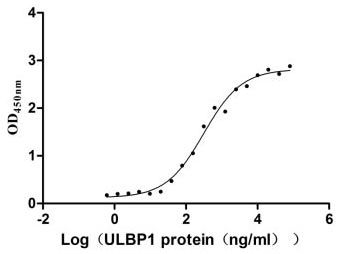
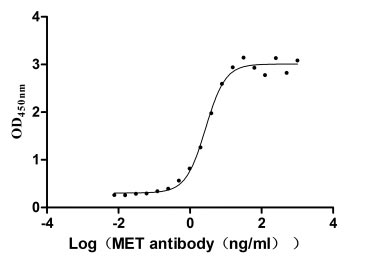
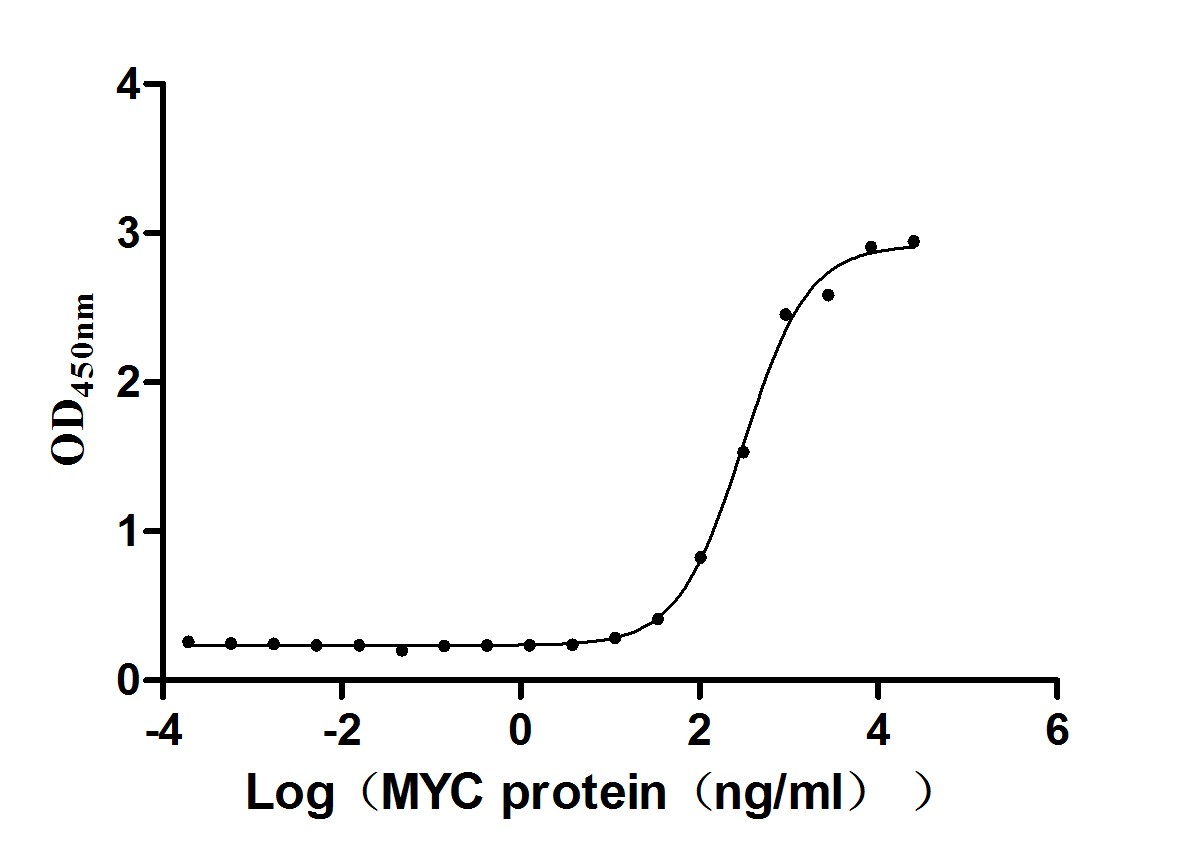
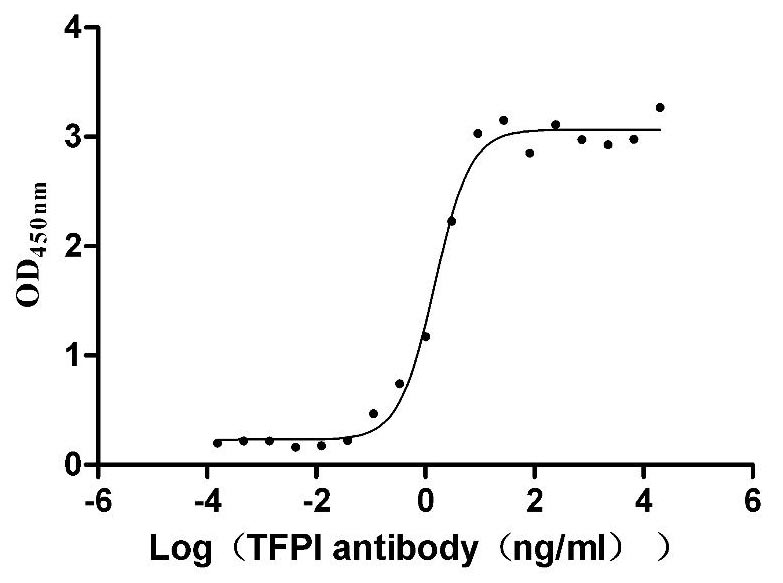
-AC1.jpg)
